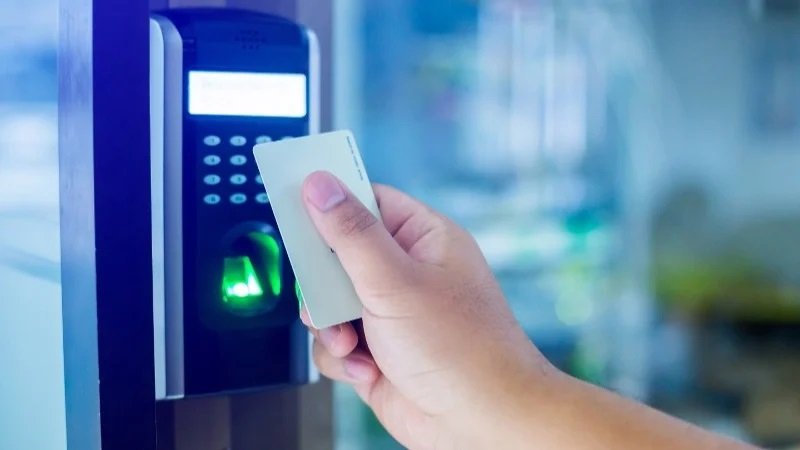Welcome to the intricate world of access control, the unsung hero of building security. Day by day, facilities of all sizes face the challenge of ensuring that only authorized individuals have entry into sensitive areas while maintaining ease of access for those permitted. From digital keypads to biometric systems, the technology behind this critical line of defense is both fascinating and essential. Below, we delve into the multilayered topic of access control, offering insights into its importance, functionality, and future. Keep reading to secure your knowledge of this pivotal security component.
Exploring the Basics of Access Control Systems in Building Security
At its core, an access control system functions as a gatekeeper for buildings and areas within them. It is designed to permit entrance to authorized personnel while denying access to unwanted visitors. This is accomplished through a range of devices and technologies that verify the credentials of a person seeking entry.
The complexity of access control systems can vary greatly, from simple lock-and-key setups to sophisticated networked solutions. Modern systems often utilize electronic keys, such as card swipes or fobs, which offer a higher level of security and easier management than traditional keys. This also allows for tracking and logging entry and exit times, which can be crucial in the event of a security breach.
Implementing a reliable system access control is not just about installing the most high-tech options available. It’s about tailoring the system to match the specific needs and risks of the building it protects, ensuring a seamless integration with existing security measures, and maintaining operational continuity.
The Role of Authentication and Authorization in Access Control
Authentication and authorization are twin pillars in the realm of access control. Authentication comes first; it is the verification of an individual’s identity to ensure they are who they claim to be. This is typically done through something they know (like a password), something they have (like a key card), or something they are (such as a fingerprint).
Upon successful authentication, authorization takes over, determining what an authenticated individual is allowed to do or where they are allowed to go. In a building security context, this could mean granting access to certain floors or rooms based on the person’s role, clearance level, or other factors.
This process is vital to maintain not only physical security but also information security within a building. Striking the right balance between robust security measures and user convenience can be challenging, but it’s critical for both compliance with regulations and the protection of assets.
Best Practices for Implementing and Managing a Secure Access Control System
When implementing an access control system, proper planning is crucial. Stakeholders must define clear objectives, audit existing security measures, and understand the flow of people throughout the premises. Consulting with security experts can provide valuable insights into best practices and potential pitfalls.
Once a system is chosen, robust management practices set the stage for ongoing security. This includes routine updates of user permissions, regular system audits, and immediate revocation of access rights when users leave the organization or change roles. Additionally, staff training is essential to ensure proper usage and maintenance of the system.
A significant aspect of managing access control is accounting for scalability. As a company grows or downsizes, the access control system must adapt in tandem. Flexible systems that can scale with an organization’s needs prevent future security headaches and costly overhauls.
Future Trends in Access Control Technology for Enhanced Building Security
Advancements in technology are shaping the future of access control systems. This evolution promises more secure, convenient, and intelligent ways to manage entry to buildings. For example, biometrics are becoming more common as they offer a high level of security combined with unique user convenience.
Moreover, the use of artificial intelligence (AI) and machine learning is beginning to influence access control. These technologies can analyze access patterns, predict potential breaches, and automatically adjust security levels. The integration of AI offers a proactive stance toward building security, as opposed to a traditionally reactive one.
As with all technological progress, the challenge will be to ensure that these advancements remain user-friendly. The goal is to enhance security without adding complexity that could hinder the accessibility for legitimate users or strain the resources of the organization maintaining the system.
Overall, the sophistication of access control systems continues to rise as the demand for building security escalates. The key to effective security management lies in choosing an adaptable, scalable system that balances high-level protection with ease of use. With the right technology and strategies, administrators can fortify their buildings against unauthorized access and prepare for the dynamic future of security technology.
